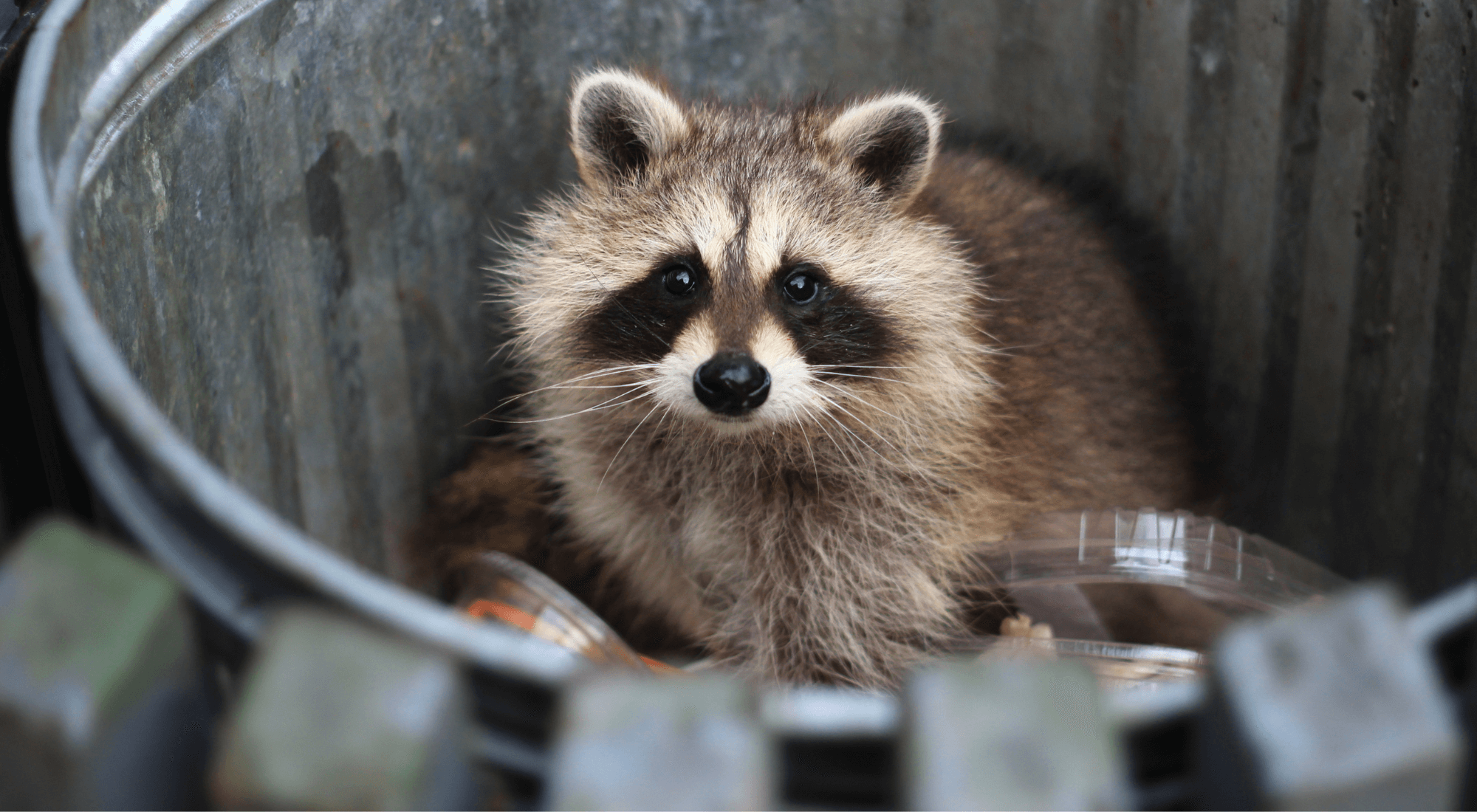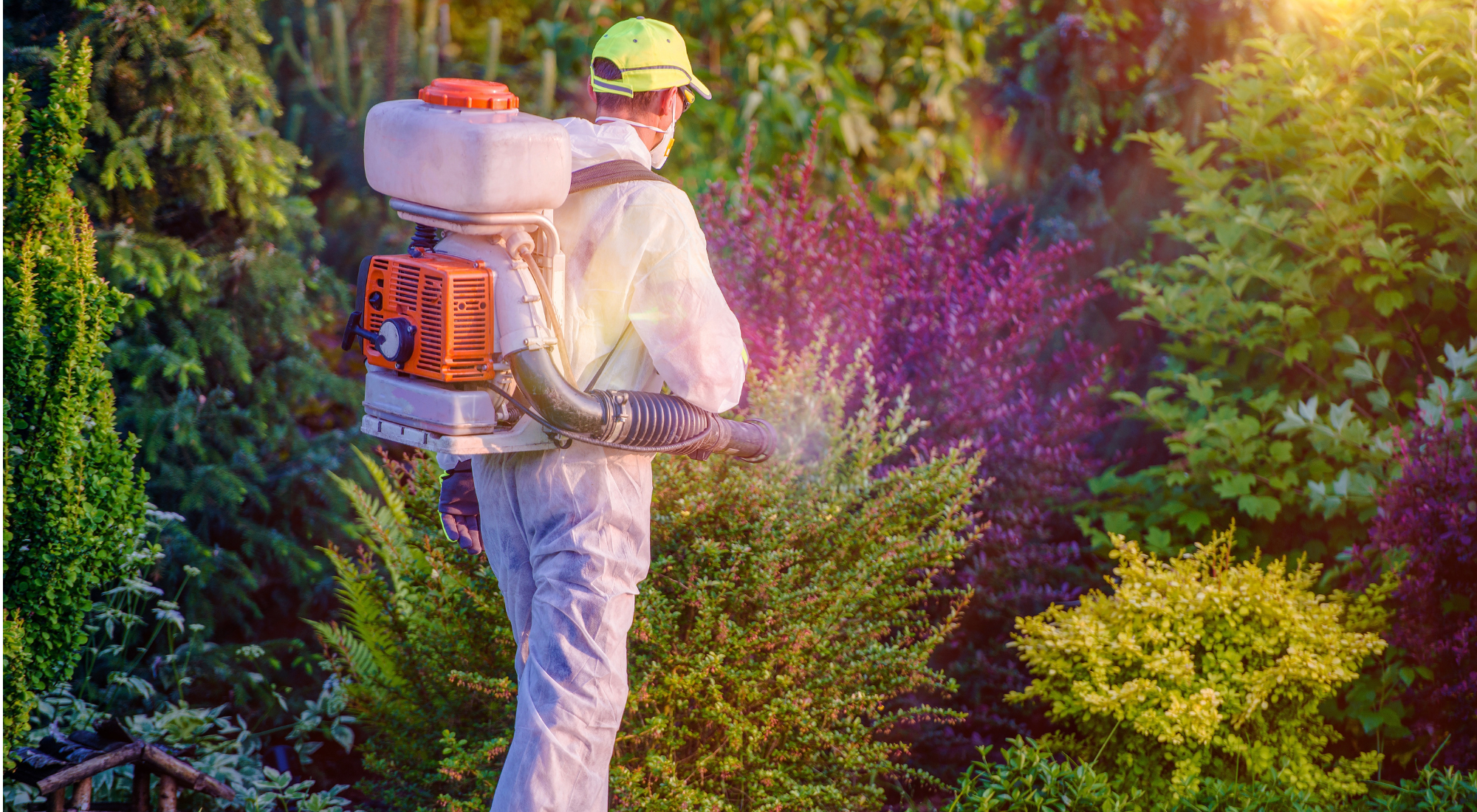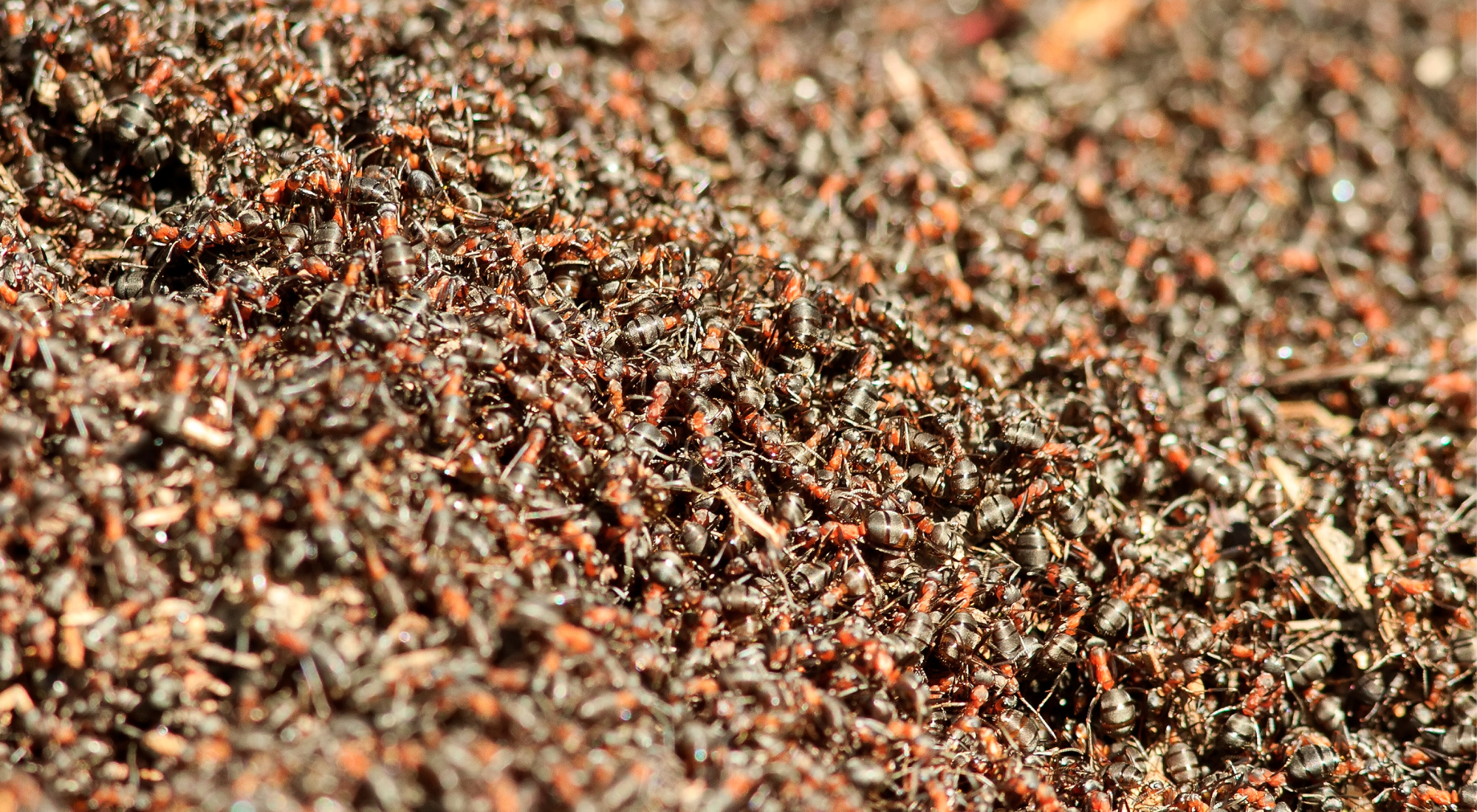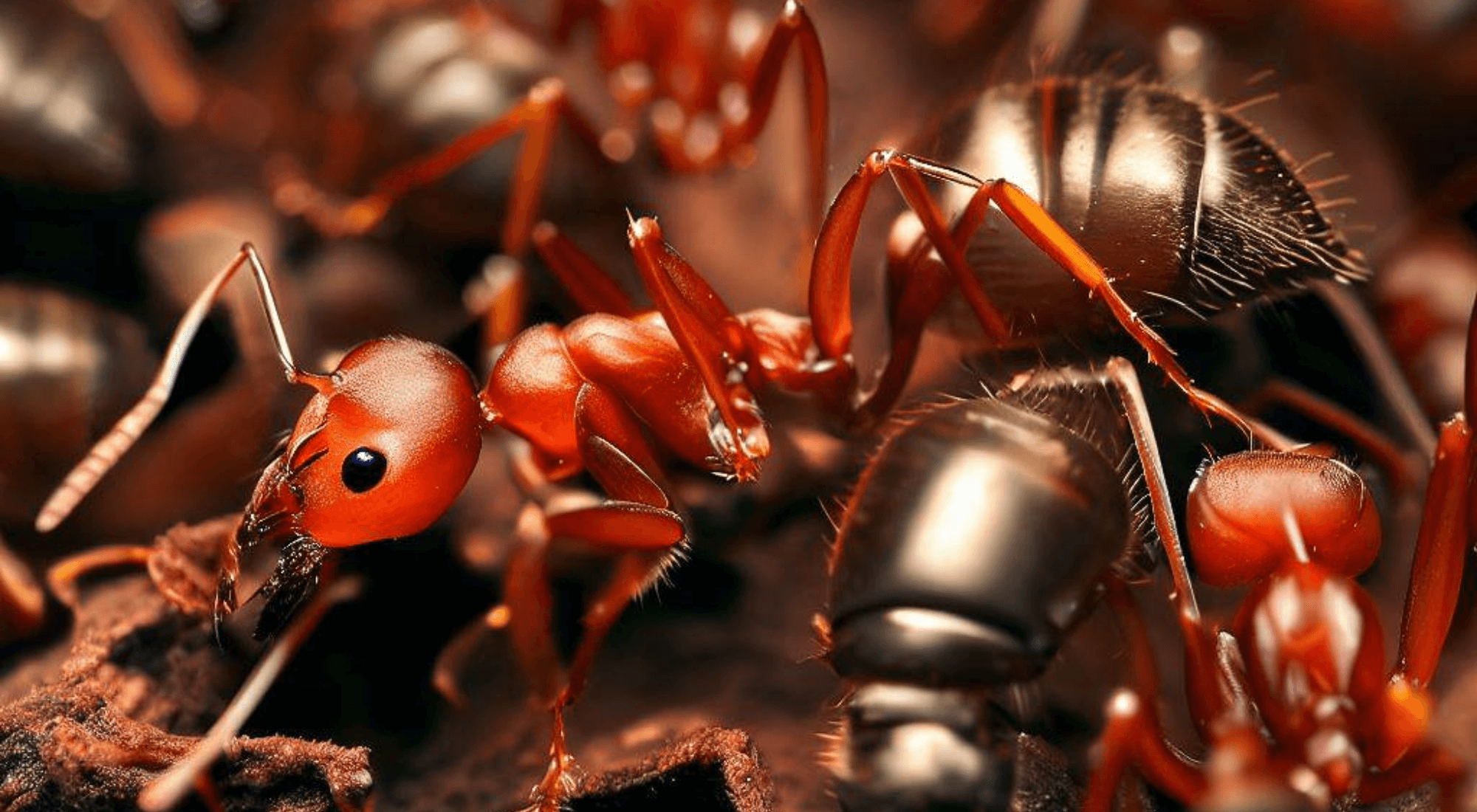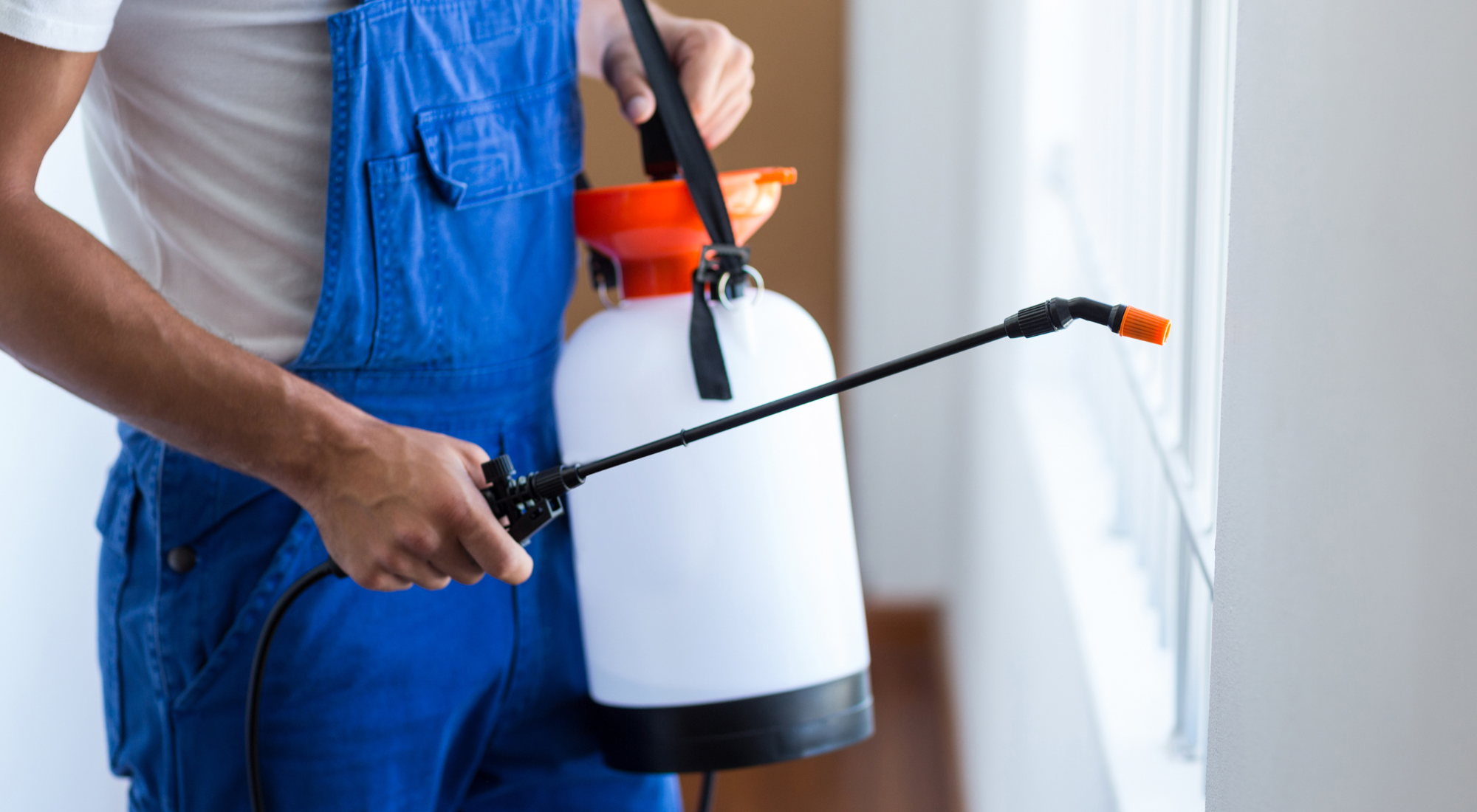Weather conditions play a significant role in pest activity, influencing their behavior, reproduction, and migration patterns. Changes in temperature, humidity, and seasonal shifts can determine the types of pest infestations that invade homes and businesses. Understanding these influences can help homeowners prepare for pest seasons and take preventive actions. In this article, we’ll discuss how different weather conditions affect pest behavior and provide useful pest control tips.
During periods of hot and dry weather, pest activity increases as pests such as ants and cockroaches search for water sources. Lack of moisture in the environment forces them to invade homes in search of hydration. Bedbugs also tend to spread more during warm weather due to increased human travel and movement.
Heavy rainfall creates an ideal environment for pest activity to thrive. Increased moisture and standing water can lead to higher populations of mosquitoes, flies, and cockroaches. Flooding can drive rodents, ants, and spiders to seek shelter indoors.
As temperatures drop, many pests seek warmth and shelter indoors, increasing pest activity. Rodents, such as mice and rats, become a major issue in colder months as they invade homes in search of food and warmth. Cockroaches and spiders may also seek refuge in basements, attics, and wall cavities.
Understanding how weather conditions affect pest activity can help homeowners take proactive measures to protect their homes. Whether it’s hot and dry weather, rainy conditions, or cold temperatures, different pests respond uniquely to seasonal changes. Forbearance Pest Control is here to assist you in managing pest infestations throughout the seasons. If you're facing pest problems in your home, don’t wait—contact Forbearance Pest Control for reliable and professional pest management solutions today.
